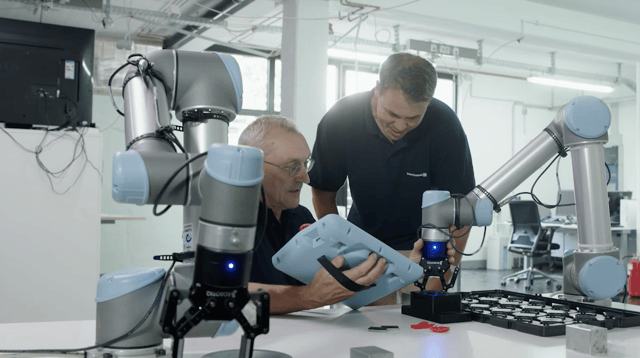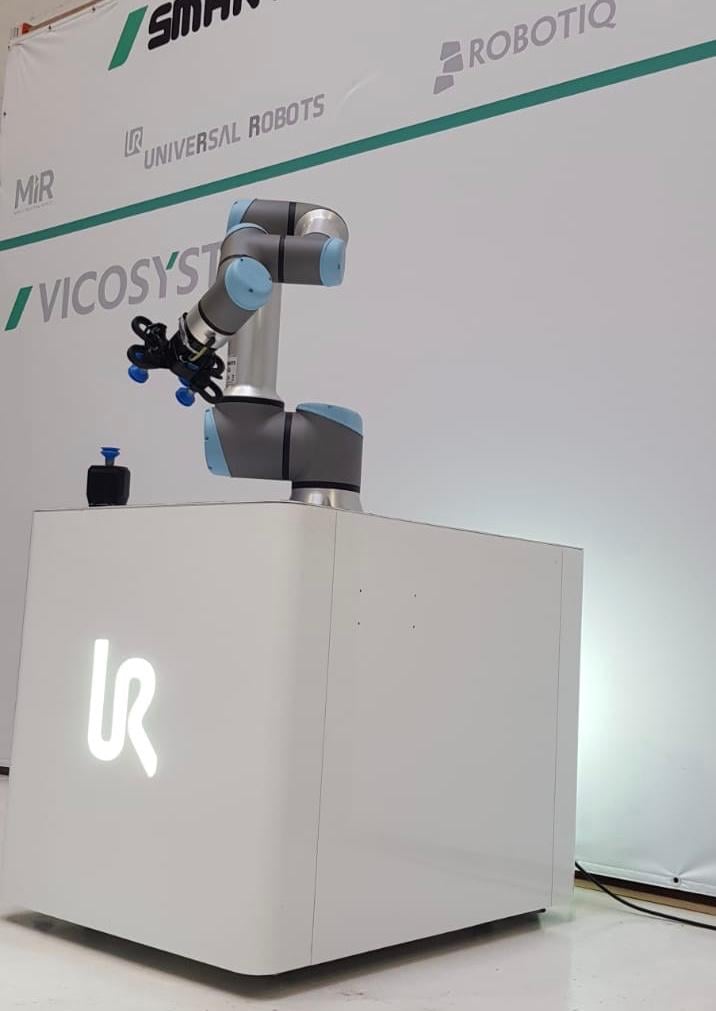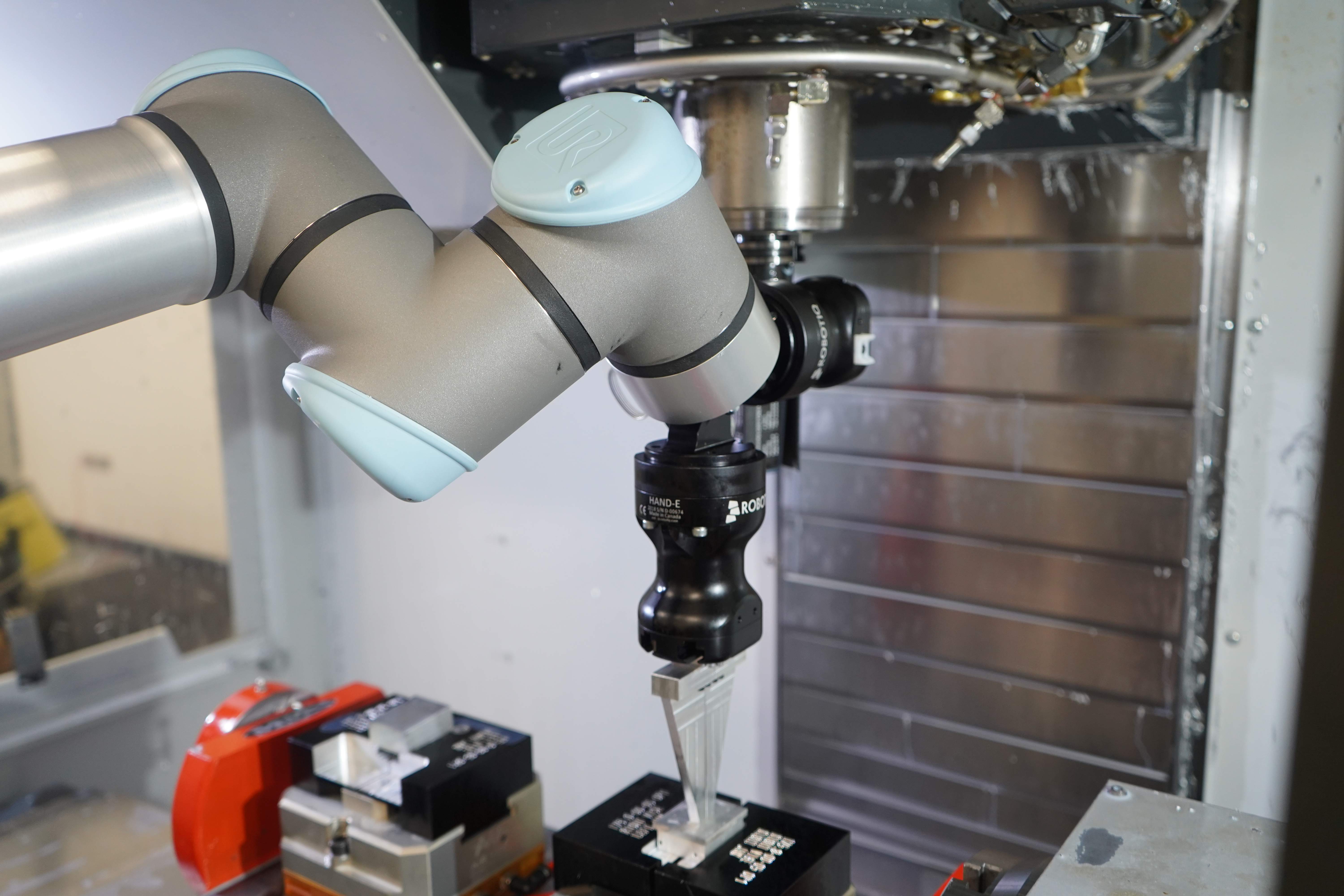5 Issues to Solve Before Monitoring Robot Performance

Posted on Jan 28, 2020 7:00 AM. 5 min read time
There are some problems that software just can't solve. Insights can help to improve any collaborative robot application, you first need to solve 5 common issues.
I don't know about you, but I suffer from a common modern delusion. I've met various people who also suffer from this delusion. For people like me, it causes us endless years of stress and struggle. For other people, they live in blissful ignorance that the delusion even exists.
I call this problem the "This Software Will Change My Life" delusion.
Over the years, I have road-tested probably hundreds of different programs, apps, add-ons and plug-ins. Every time I waste hours, days or weeks becoming familiar with the software. Every time I think the software will improve my personal productivity. Almost every time, I have eventually dropped the software, effectively wasting months of my life in the long term. I can count on the fingers of one hand the software packages that I have actually stuck with over many years.
There are some problems that software just can't solve.
If you have been reading about our Insights software — a monitoring package for collaborative robots — you might be wondering if it really will solve your problems.
At Robotiq, we are confident that Insights can help to improve any collaborative robot application. However, we do acknowledge that there are some problems which it won't solve.
Robot data can help solve many problems, but not all!
1. Your process is a mess and nobody understands it
Imagine a business in which nobody has any idea how orders progress through its processes. Orders come in from customers, then eventually some of these orders are fulfilled — most likely delivered late. However, nobody knows how to improve the company's productivity because the whole process is a mess.
In such a situation, adding a robot is unlikely to make much of a difference. Until the process is properly understood, adding any new technology is like trying to put a band-aid on a broken leg. As a result, it also wouldn't make any difference to add monitoring software to the robot. The problems are far more fundamental.
Both robots and Insights can only help you to overcome problems when your overall process is properly understood.
2. Nobody understands the robot
In the past, robot integration was often completed by an external integrator. This was necessary because industrial robots were complex and companies didn't always have the resources to employ a full time robotics engineer.
With collaborative robots, it is possible for practically anyone to program the robot. However, even with collaborative robots you might decide to use an external integrator. If you choose this option, it's a good idea to train your team to use the robot.
Insights is less useful if your team do not understand the robot, as they will not know how to improve its performance themselves.
You will get the most from Insights when members of your team really understand the robot and have the ability to program it themselves. The reports which Insights generates will then help the team to debug issues and improve the robot's productivity.
3. Reporting and analysis is missing or ineffective
One of the many software packages I tried in my past, in an attempt to squeeze more productivity out of my life, was a program which automatically tracked my activities on the computer. I downloaded it, then spent hours setting it up and creating new categories for all my different tasks. I then told the program to launch whenever I started the computer, and completely forgot about it.
Months later, I rediscovered the program, couldn't remember why I had installed it and deleted it, having never used all the information that it collected for me. What a waste of time!
What did I do wrong? I did not set up a good reporting and analysis habit.
Insights is a wonderful tool for collecting data about your robot. However, if you don't regularly analyze the data that it collects, it will do nothing for you.
One way you could use the data is make it a regular feature in your weekly or monthly reports. This way, you will ensure that the robot's performance is being regularly checked and analyzed. You can also set up Insights to send you automatic email reports, which is useful for reminding you to review the robot's performance.
4. Your bottlenecks are misunderstood
There are several reasons that you might choose to put a robot on a particular task, such as to reduce worker's physical strain or to move workers to more value-added-tasks. One common application of robots is to help tackle a bottleneck in a process. However, if your bottlenecks are misunderstood (e.g. you have wrongly identified the bottleneck) then a robot might not improve the situation.
It is unlikely that Insights alone will solve this problem. You will need to take a step back and reassess your process. Question your assumptions and try to find out why you misunderstood your business' bottlenecks in the first place.
Having said that, the data provided by Insights might, potentially, help you to realize that you have misunderstood your bottlenecks. For example, you might see in Insights that the robot is running at low utilization and wonder why — after all, bottlenecks, by definition, are due to a lack of capacity so the robot should be running almost continuously. You could use this insight as a starting point to investigate the problem further.
5. Everyone has the firefighting mentality
The firefighting mentality is what happens when everyone is running around trying to solve problems, but nobody is really thinking straight. In this situation, monitoring software like Insights is unlikely to be very effective. People are so caught up in their need to get things "fixed" that they are unlikely to take the time necessary to properly analyze the data. They are more likely to panic (e.g. if they see that the robot has a low efficiency value) and immediately try to solve the problem before they have really understood it.
Insights is most effective when you review it regularly and take a little bit of time to consider what the data actually means. Your team shouldn't use it as a trigger to send everybody into the next spiral of panicked firefighting.
Try Insights for yourself
You can try out Insights for yourself within a matter of minutes by going to the Insights Demo at insights.robotiq.com.
As you explore the demo, ask yourself how you could apply it to your robot. Consider whether it will help you to solve your problems, or whether your problems require more fundamental troubleshooting.








Leave a comment